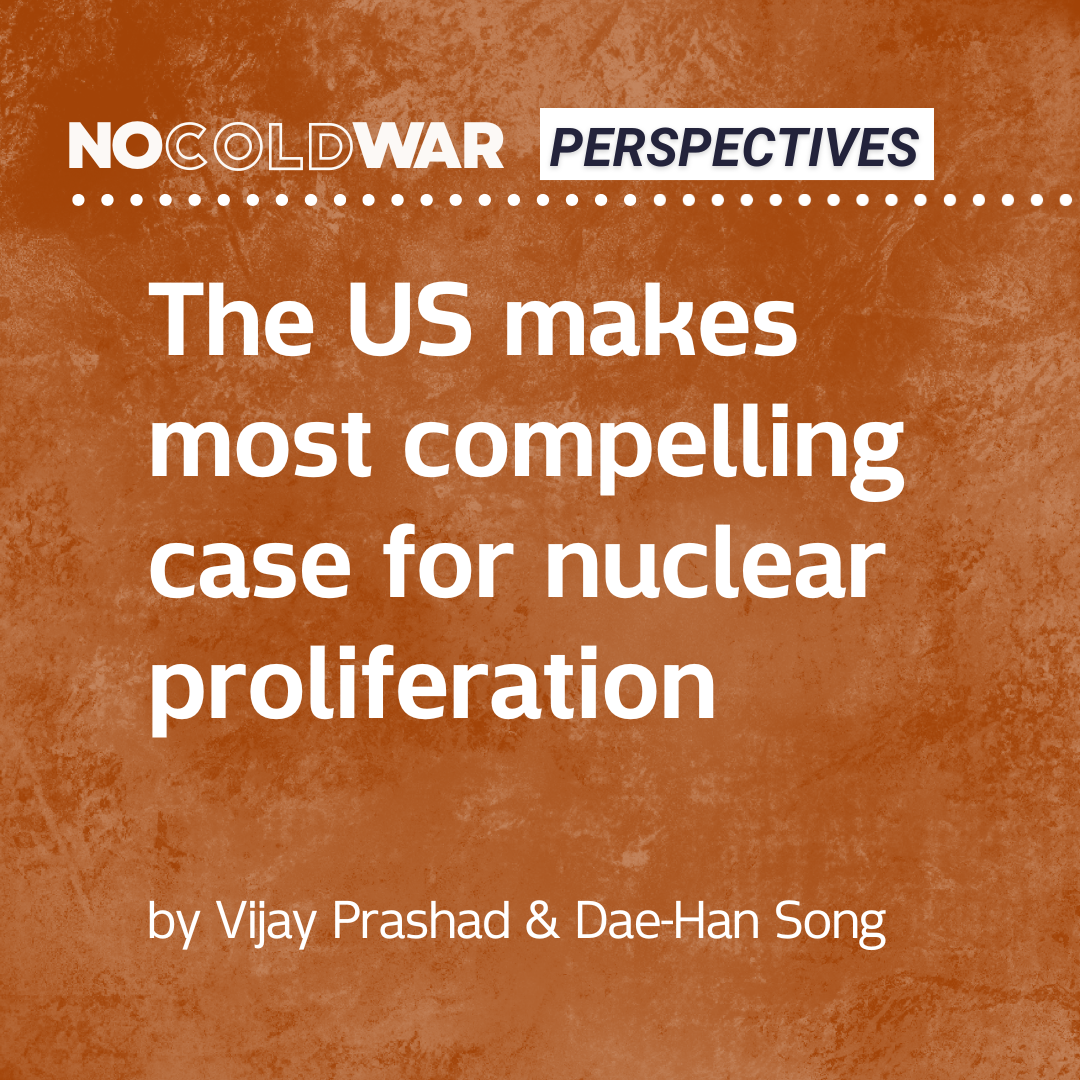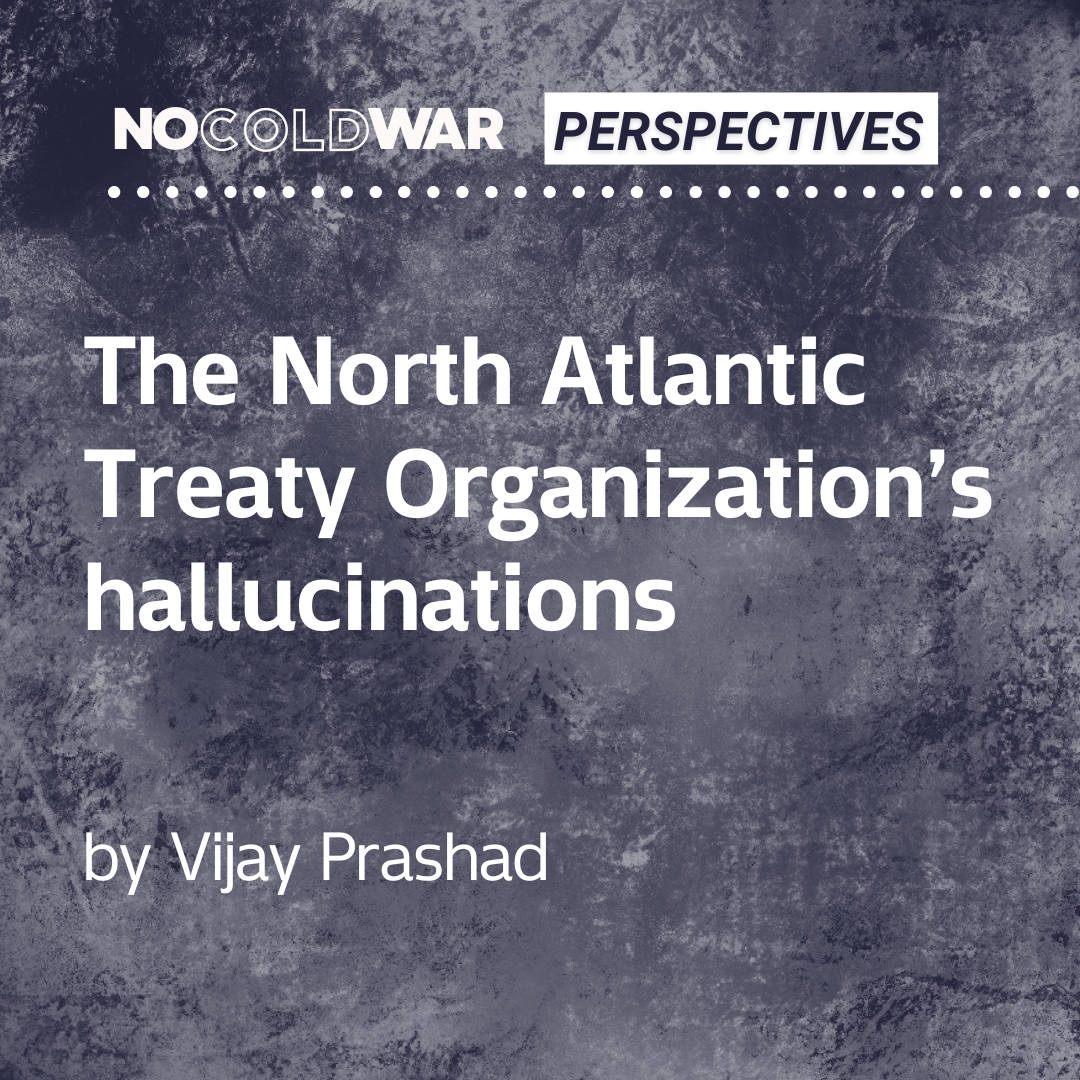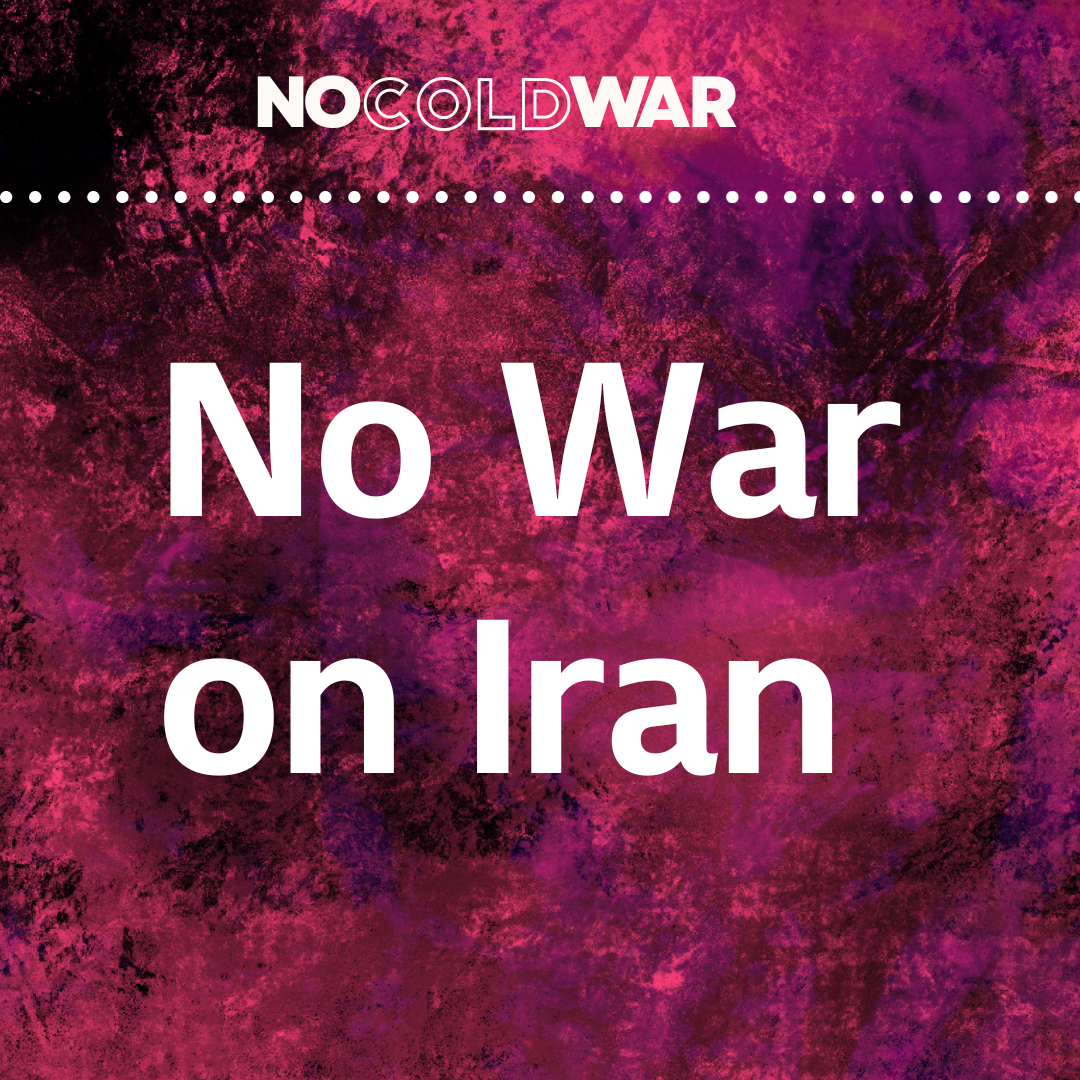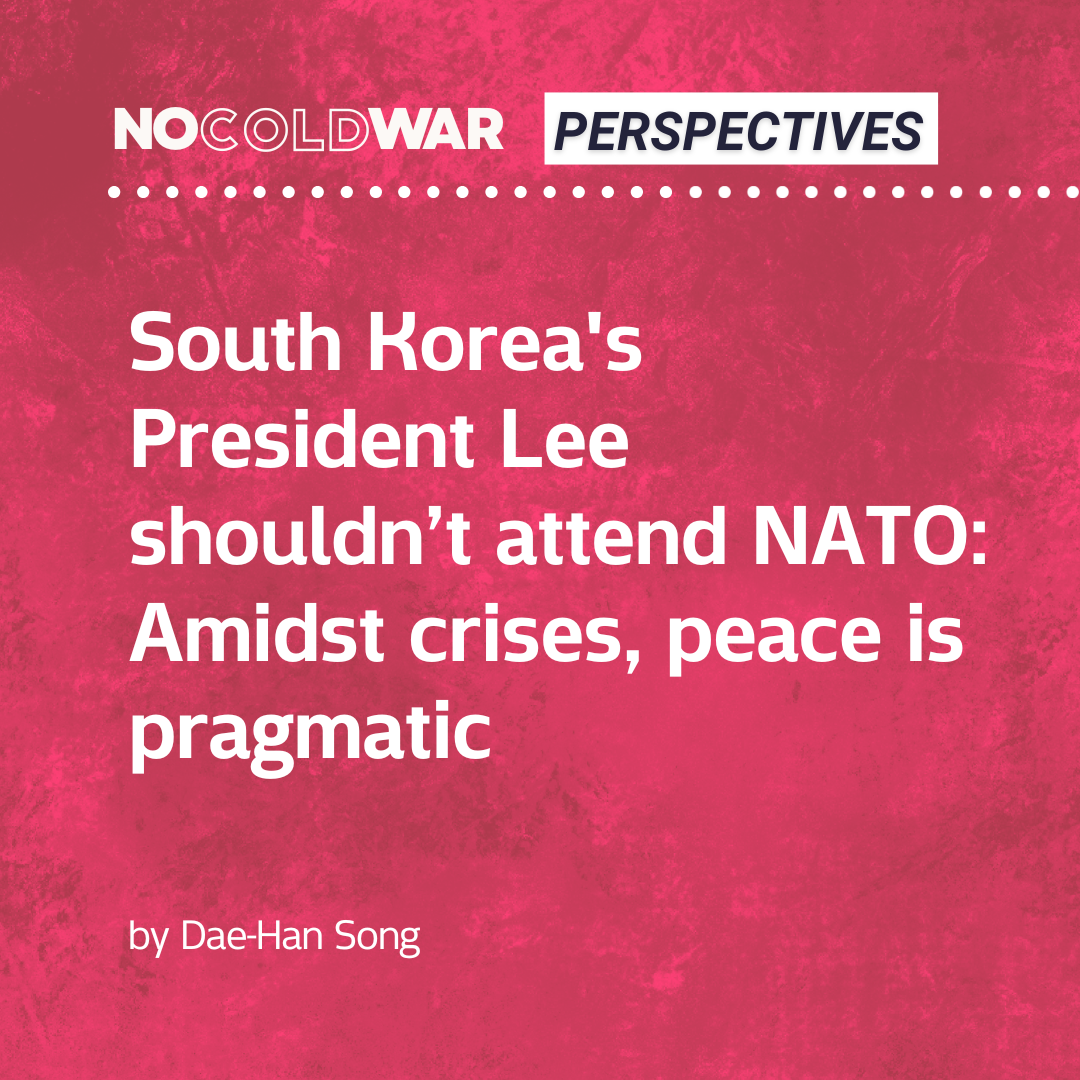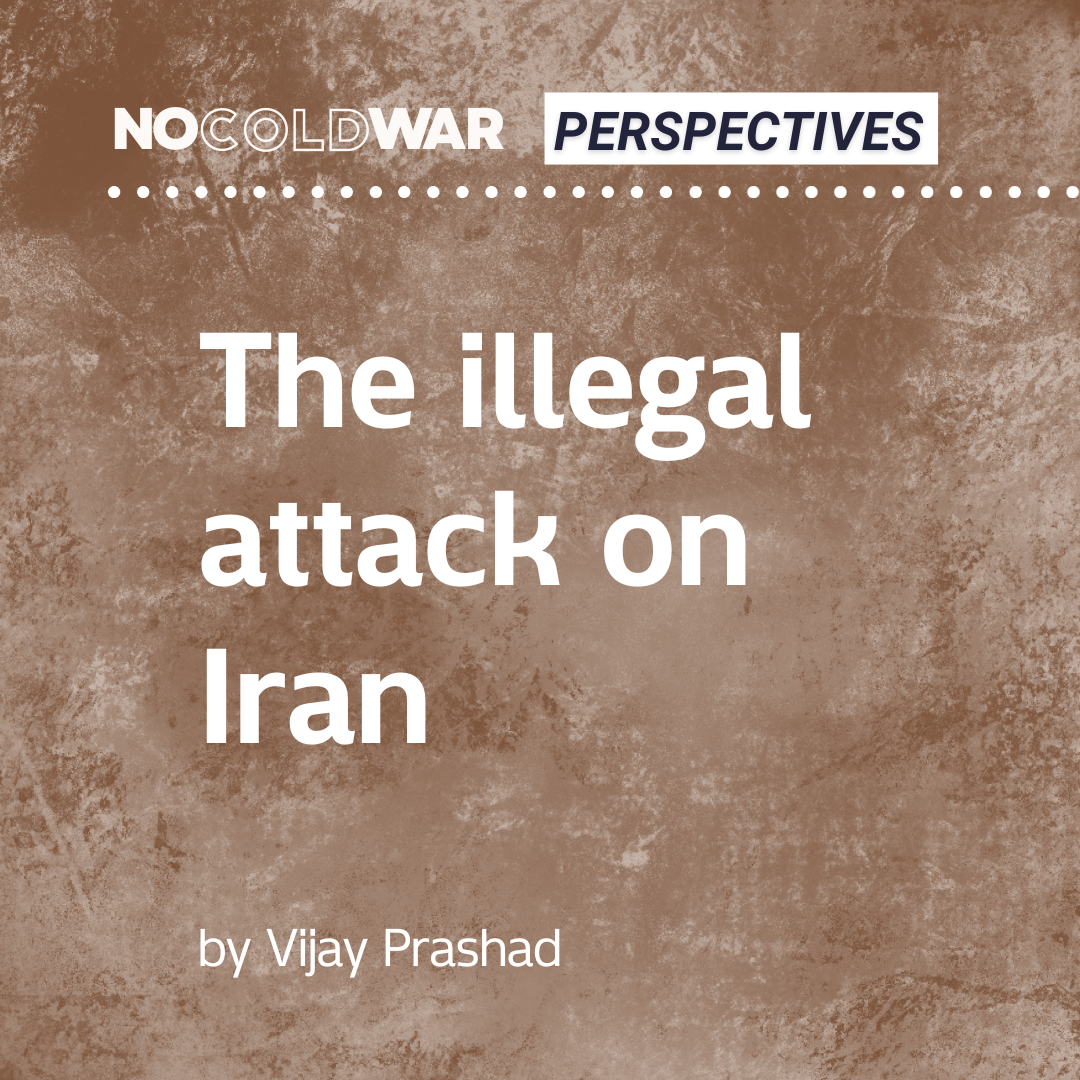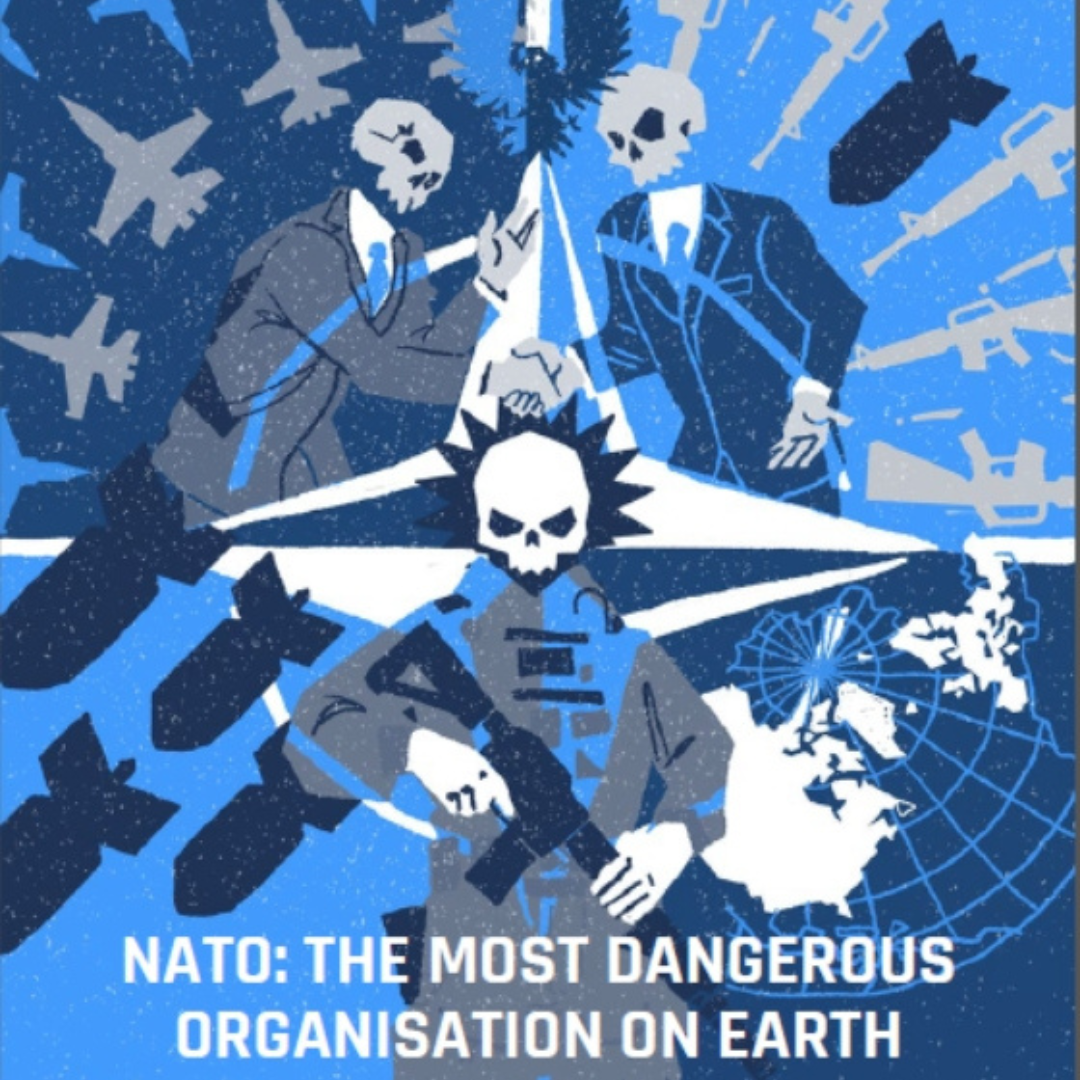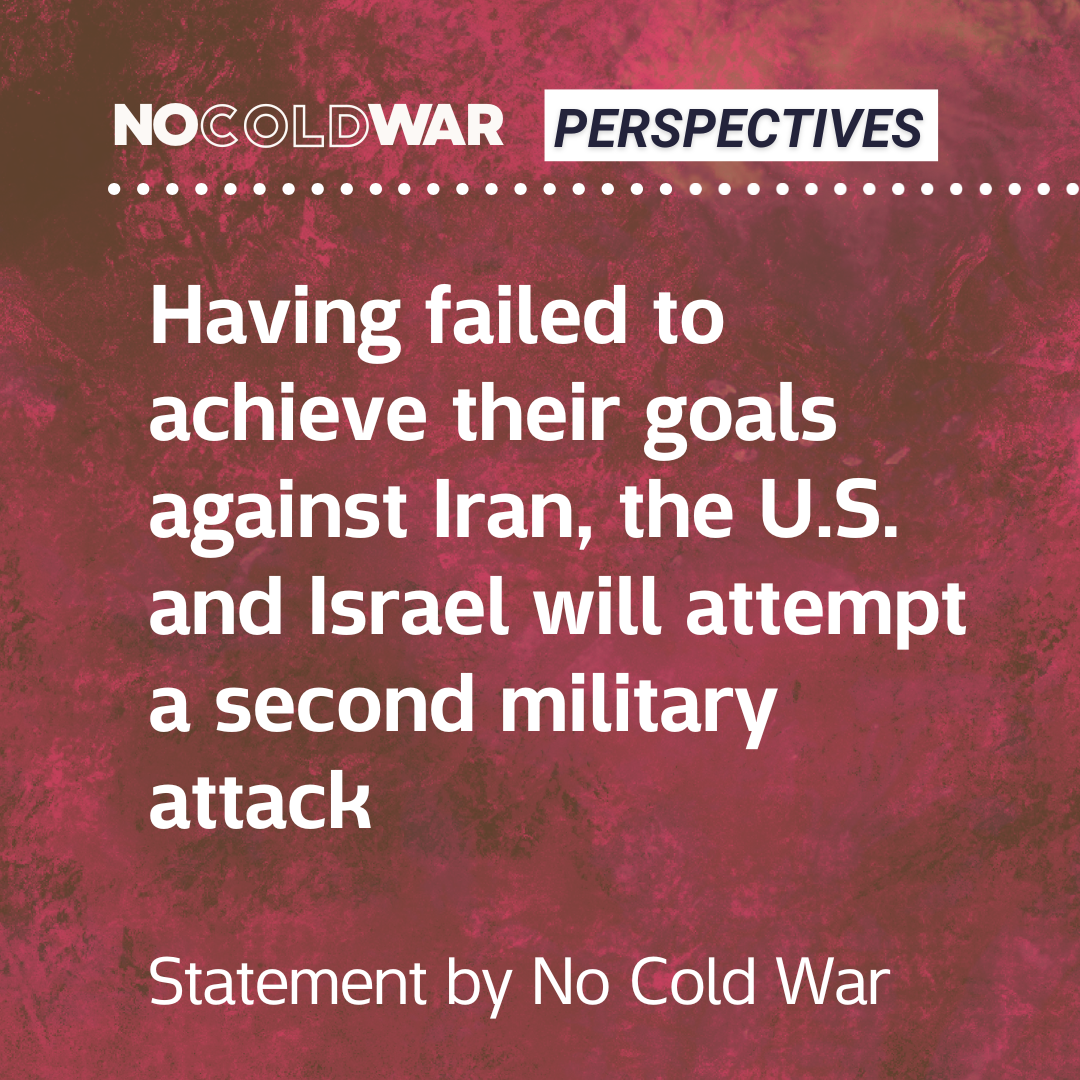
The U.S. and Israel failed to destroy Iran’s nuclear weapons program or achieve regime change in the first round of attacks. It is only a question of time before they attempt a second. Whether, and when, they will achieve this depends not only on Iran’s resistance but also on the solidarity and support in other countries against the U.S. and Israel. It is therefore vital that the stakes involved are understood.
The U.S. support for Israeli domination of West Asia
In their actions in Gaza and West Asia, Israel and the U.S. have shown the world their real character and plans for the region, in open contempt for the overwhelming majority of world opinion as evidenced by votes in the UN, international opinion polls, and massive international protests. Israel has carried out an openly genocidal attempt to destroy Gaza’s society, with fascist slaughter of children, women, and anyone else it chooses. These Israeli public massacres were enabled by U.S. military support.
The U.S. plan is that the tiny Israeli state—of less than 10 million, widely delegitimized around the world, and which rules by fascist methods— should be dominant in a West Asian and North African region of almost 600 million people. To achieve this, the U.S. and its Israeli client regime aims not only to massacre Palestinians but to fragment an increasing number of states in the region as carried out against Iraq, Lebanon, and Syria. Given Iran’s large size and population of over 90 million, Israel and the U.S. would also like to achieve this with Iran. Iran is also seen by both the U.S. and Israel as an important part of the BRICS alliance in West Asia — which the U.S. wants to weaken or demolish....
